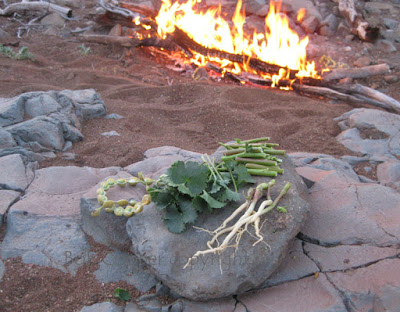Bonjour et bienvenue!
Hello and welcome!
Are we in France?
No! in Western Australia!
I loved this message board which I spied recently at Rustic French in Boyanup..... read on.....
My sister visited us last weekend, and on Sunday afternoon we took a drive around to some galleries and artist studies not far from my home. What wonderful artistic talent we have....you just need to make the time to go and look. We saw only a small selection of the galleries and artists in our area - there are many more still to be visited and enjoyed.
First off was 5th Element Pottery and Glass Studio in Dardanup West. Here you can see and buy the work of artist, Christine Elston who started pottery in 1974. In recent years she has started to work with glass.
Christine says that "the inspiration for my work comes from seeing the magnificent colour of Australia. I have always loved working with colour and the beautiful glass that I use brings it to life".
To buy a beautiful, unique and absolutely affordable piece, including jewellery, you can find 5th Element studio at 40 Galvins Gully Court, Dardanup West.
Please click here to go to Christine's web site - 5th Element
Our next stop was Lyndendale Gallery in the beautiful rolling hills and valleys of Ferguson Valley not far past the Crooked Brook Forest. Located on the property of owner and artist Denise Gillies, Lyndendale Gallery showcases art works by Denise, as well as pieces by members of the South-West Printmakers, along with glass works, pottery, jewellery, textiles, paintings and hand crafted books from selected local artists.
Denise's work displays a variety of styles from representation to abstract. She has a love of the environment and her works often focus on an environmental theme.
Lyndendale Gallery also hosts workshops which include creative and magazine writing, painting, Eco-dying and bound book making. The Gallery was also part of the Dardanup Art Spectacular Art Trail this year.
Lyndendale Gallery is located at 828 Crooked Brook Road Dardanup. To find out more about the gallery and the workshops, please click on the link here - Lyndendale Gallery
By now it was time for coffee, so we headed over to Rustic French Living in Boyanup.
Located in the old Methodist Church, Rustic French offers, along with wonderful coffee and delicious cakes, French style homewares and gifts, linen, jewellery, new and recycled furniture, and unique fashion finds. It is a devine place to brouse and be inspired to bring a little bit of French influence into your decor.
Rustic French can be found at 33 South Western Highway Boyanup. To find out more, please click on the link here - Rustic French Living
Did I mention we had coffee and cake in the garden - you must try the brioche.....
From here we intended to visit Jane at Folios and Fibre at 1201 Bussell Highway, Stratham - but sadly by the time we arrived she had closed for the day. So that will have to wait for another time.
Jane is a textile artist who uses ecologically sustainable dyeing practises using native plants. Jane also hand makes notebooks and journals, and handmade papers as well as creative mixed media artworks. Jane also runs workshops, including at Lyndendale. To go to Jane's Facebook page, please click on the link here - Folios and Fibre
Today we went to the Bunbury Regional Art Gallery to see the beautiful work of local artist Neil Turner. Formerly a WA wheatbelt farmer, and graduate from the Australian School of Wood at Dwellingup, this is Neil's first solo exhibition. The 16-piece exhibition, entitled "Unfolding", features turned and carved pieces, sculpture and art furniture.
The "Unfolding" exhibition runs until 9 December at the Bunbury Regional Art Galleries. Opening times are 10-4 daily and entry is free.
You can see more of Neil's work by clicking on the link here - Neil Turner
While we were at the Art Gallery we also looked at the Iluka Resources annual Iluka Visions high school art exhibition, now in its 21st year, and featuring the work of talent high school students. We certainly have a wealth of up and coming artistic talent.
To learn more about the Bunbury Regional Art Gallery, upcoming exhibitions and classes, please click on the link here - Art Gallery
The quote below was included on one of the fibre art pieces. I rather liked it. Aren't we all a bit like that?
Do you enjoy browsing through galleries. Have you some near you? Are you an artist with pieces in a gallery?
Have a wonderful week, and visit a gallery near you sometime soon.
I am linking up to Mosaic Monday at Little Red House - to see the work of Mary and other wonderful contributors across the world - please click on the link here - Mosaic Monday
 You might also like - A weekend of lunch, gardens, music & dance
You might also like - A weekend of lunch, gardens, music & dance


















